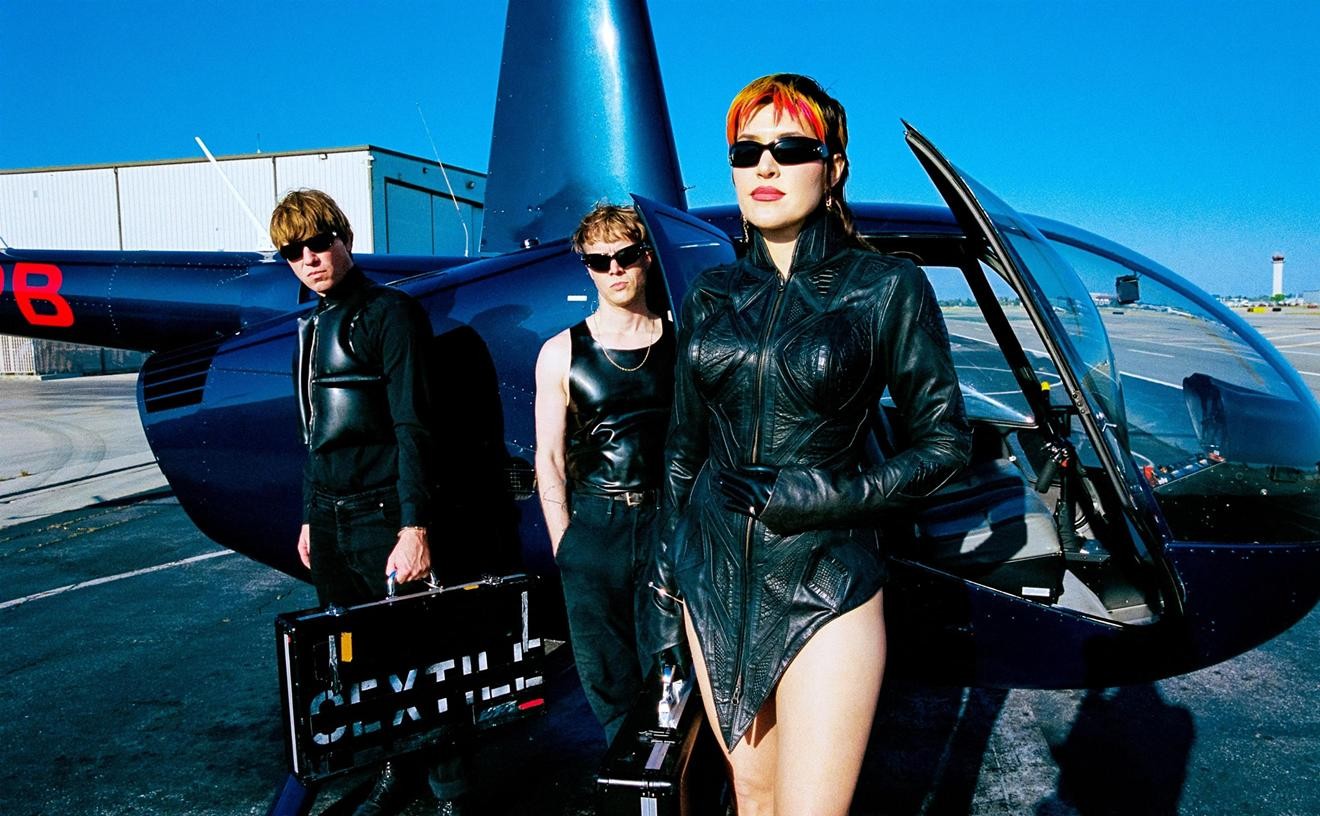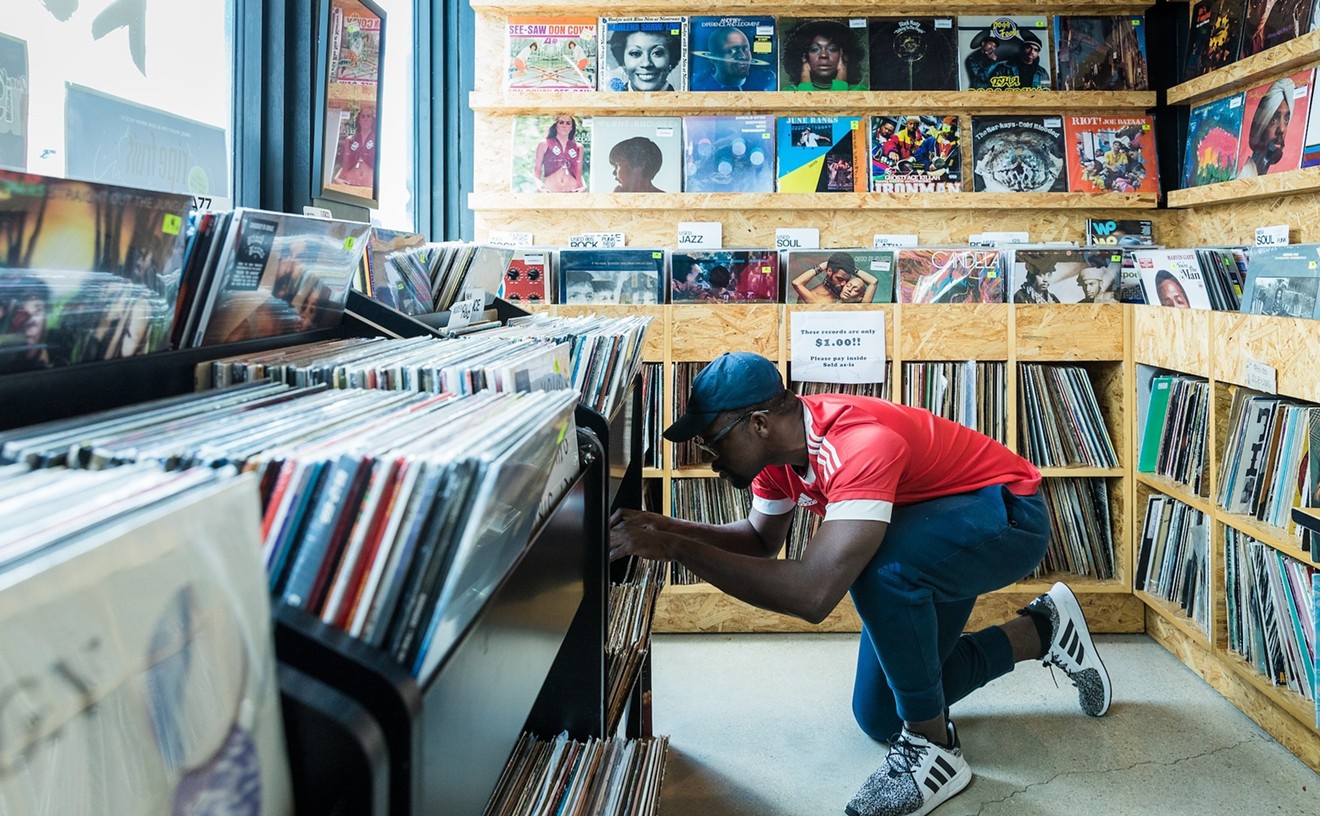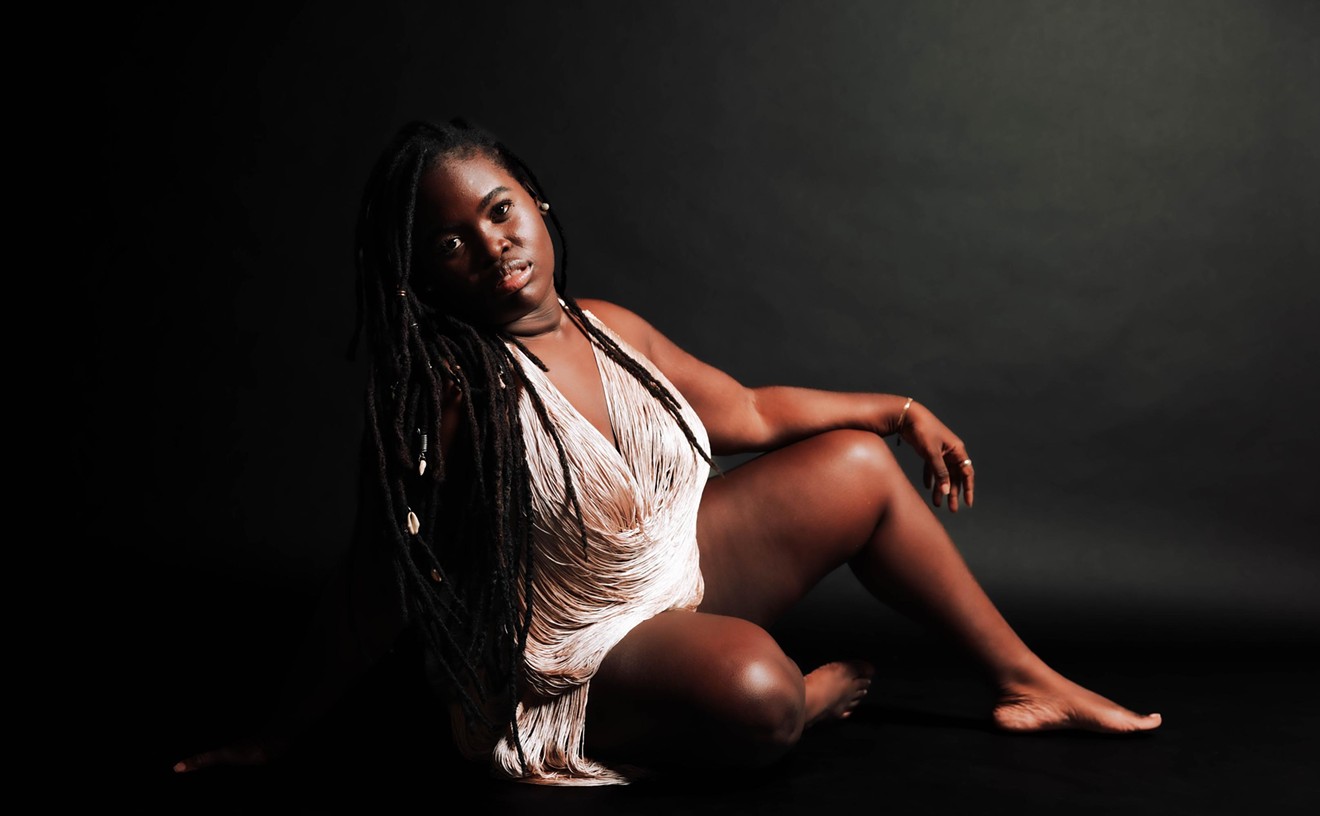He blew and blew, delivering sheets of sound both large and warm enough to stifle naysayers, dropping references to "I Can't Get Started," "Shortnin' Bread," "Pop Goes the Weasel," and "The Blue Danube," all the while digging ever deeper both inside and outside his own improvisations.
Though I've always wondered how my life would have turned out had I remained in NYC (and been at that gig in the flesh), at least I've been able to hear that storied performance. The Solo Album, released later that year on Milestone Records, allows listeners to experience vicariously the excitement of Rollins's nearly 2500 fans, all intently following his aural twists and turns that day at MOMA. Listening to The Solo Album at home requires a similar degree of concentration, with the 28-minute-long "Soloscope (Part 1)" filling the entire first side of the vinyl disc, then spilling over to the similarly lengthy "Soloscope (Part 2)" on the flip side. The rangy nature of his attack, and the wooly, grainy sound of his tenor saxophone certainly were not easy listening, but in the end it was plenty rewarding, akin to gazing out at a majestic vista after hiking to the top of a mountain.
I finally got an opportunity to hear Rollins in person, close enough to check out the natural resonance of his horn, while in a throng of only somewhat-appreciative listeners gathered for the Clearwater Jazz Holiday about a decade ago. It was following the release of 1989's Falling in Love with Jazz and 1991's Here's to the People. The discs, with nephew Clifton Anderson on trombone and undistinguished rhythm-section playing, were middling at best, but they helped recirculate Rollins's name and put him back on a frequent touring schedule. And onstage Rollins was truly in peak form, absolutely romping on the up-tempo bop pieces and then relaxing into the swirling calypso grooves. Chilly breezes rolled across the waterfront park, but we were warmed by the presence of a bona fide jazz divinity, one of the last masters to have emerged during the Forties.
Indeed Rollins's biggest miracle, aside from his authorship of lofty standards such as "Oleo," "Airegin," "Doxy," "Pent-Up House," and "St. Thomas," as well as a barrelful of classic Fifties and Sixties albums, has been the consistent vitality of his playing. The New York native, heavily influenced by alto saxophonists Charlie Parker and Louis Jordan, switched to tenor at age sixteen, and then hooked up with sax man Coleman Hawkins and pianist Thelonious Monk. During the late Forties, he was hired for recording sessions with singer Babs Gonzales, pianist Bud Powell, and trombonist J.J. Johnson. It seems obvious now that cutting his musical teeth alongside such fellow prodigies only inspired him to play with that much more inspiration.
"People loved Sonny Rollins up in Harlem and everywhere else," Miles Davis recounted in his 1989 autobiography. "He was a legend, almost a god to a lot of the younger musicians. Some thought he was playing the saxophone on the level of Bird. I know one thing: He was close. He was an aggressive, innovative player who always had fresh musical ideas. I loved him back then as a player and he could also write his ass off."
Rollins moved out front with his own band for the first time in 1955, recording Work Time, then teaming up with heavyweight drummer Max Roach and trumpeter Clifford Brown for 1956's Sonny Rollins Plus Four. That year he also did battle with John Coltrane on Tenor Madness, a session that retains its sense of fiery adventure today. But it was Saxophone Colossus, a perfectly balanced collaboration with pianist Tommy Flanagan, bassist Doug Watkins, and Roach on percussion, buoyed by the original versions of "St. Thomas" and "Blue 7," that cemented Rollins's reputation as a talent on the rise.
"Rollins's music is most always magnanimous, imparting a generosity of spirit and discerning wit, qualities that inform his choice of material and the way he organizes that material," critic Gary Giddins wrote about the saxophonist's recordings of the period. "The qualities are most evident in his authoritative and gracious yet changeable timbre."
You can hear that willingness to adapt on 1957's Way Out West, which dropped the use of a piano, allowing even more probing investigations of the sound of his saxophone on the title track, "I'm an Old Cowhand," and "There Is No Greater Love." Another classic recording from this period is the live Night at the Village Vanguard, an absolutely magical encounter with two separate pianoless rhythm sections, one anchored by drummer Elvin Jones (who would shortly thereafter take that experience with him as he became the linchpin of Coltrane's seminal Sixties outfit) and bassist Wilbur Ware. Check out "Night in Tunisia," "Sonnymoon for Two," or a redesigned "What Is This Thing Called Love?" It's a great place to start for anyone curious about the enthusiasm Rollins generated at the time or the high regard in which he's held today.
Rollins, who turns 70 this September, is still going strong, currently on a planet-circling tour that takes him through Japan in May and June, and then on to appearances in Canada and France. His last studio record, Global Warming, was released in 1998, but the reissues continue to flow, reminding us of just how well Rollins's earlier work continues to hold up against any of today's young jazz turks. Next on the reissue front is The Freelance Years, a five-CD box set that includes music recorded in 1957 and 1958 for Way Out West, Sonny Rollins and the Contemporary Leaders, Freedom Suite, and The Sound of Sonny.
"Then, I don't think I was as critical of my albums as I am now," Rollins said recently to one interviewer about those landmark albums. "I don't mean to say that, 'Oh, gee, this is all great!' Far from that. But when I made Freedom Suite, for instance, I was happy in my surroundings, playing with some very great musicians. I was pretty well satisfied with my progress."
Satisfied he may have been, but a note of complacency never arises on any of that playing. Instead what emerges is an artist who's continually trying to push himself toward the creative edges, crafting his art beside figures such as Monk, trumpeter Kenny Dorham, and the incomparable singer Abbey Lincoln (whose breathy tone seems almost tailor-made for wrapping around Rollins's propulsive attack). It's a quality that most definitely endures to this day.










